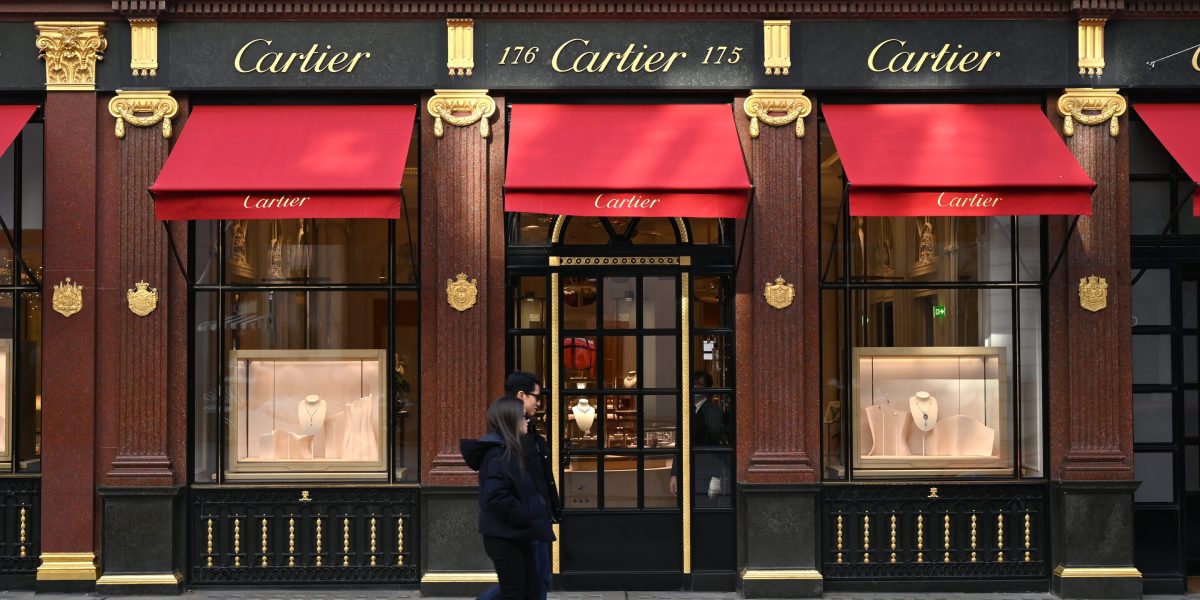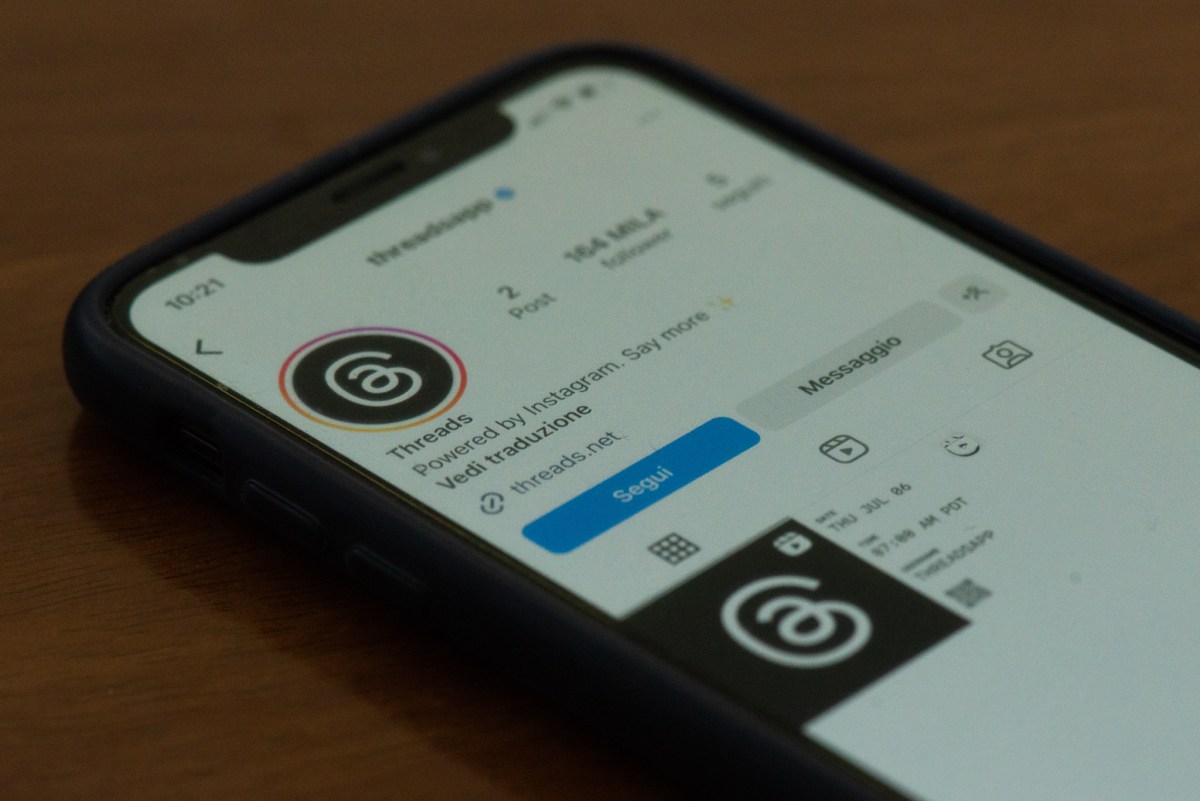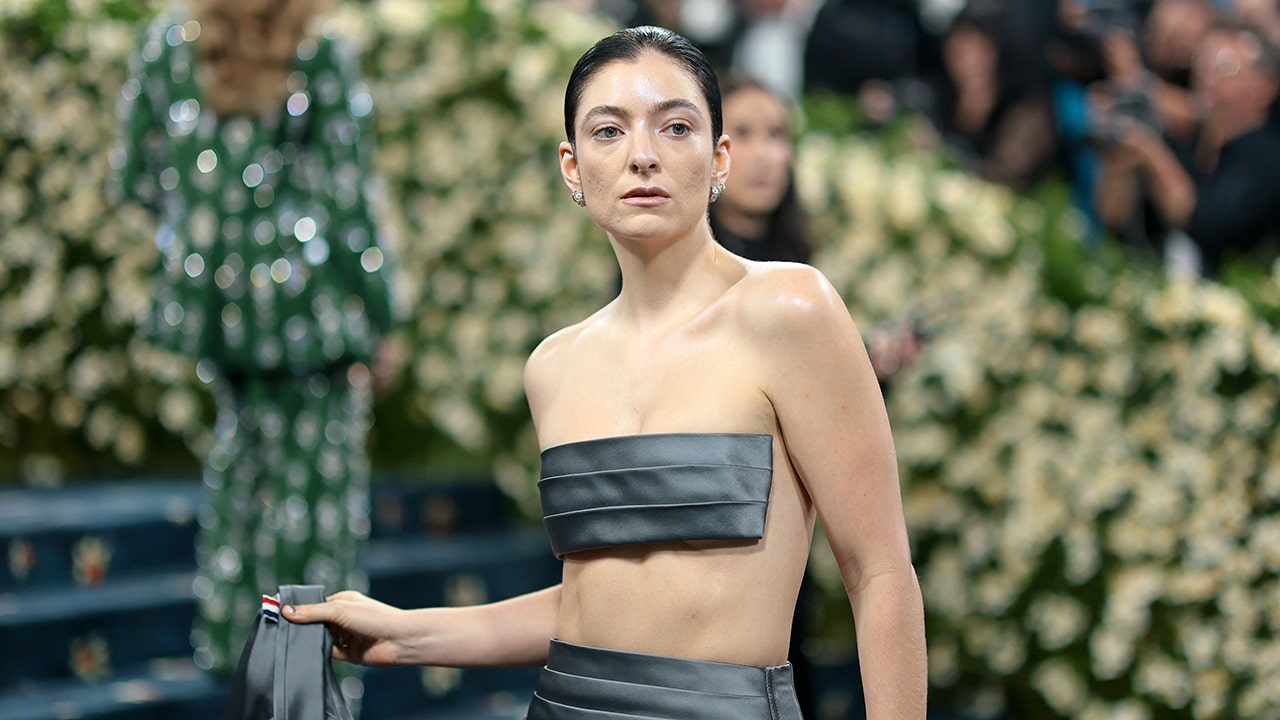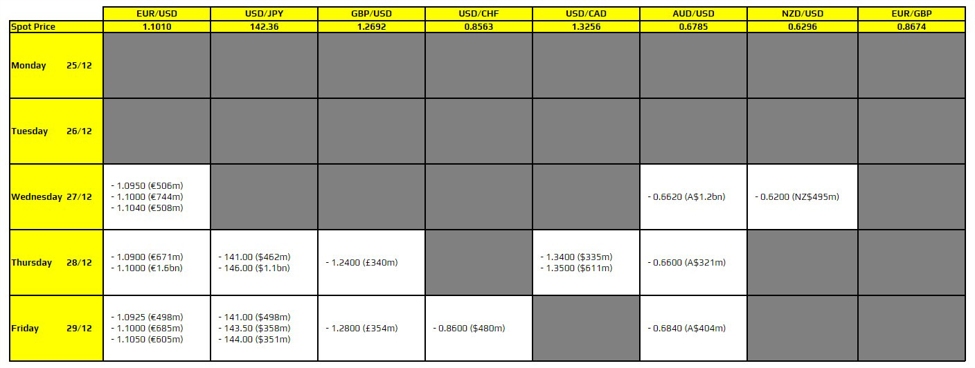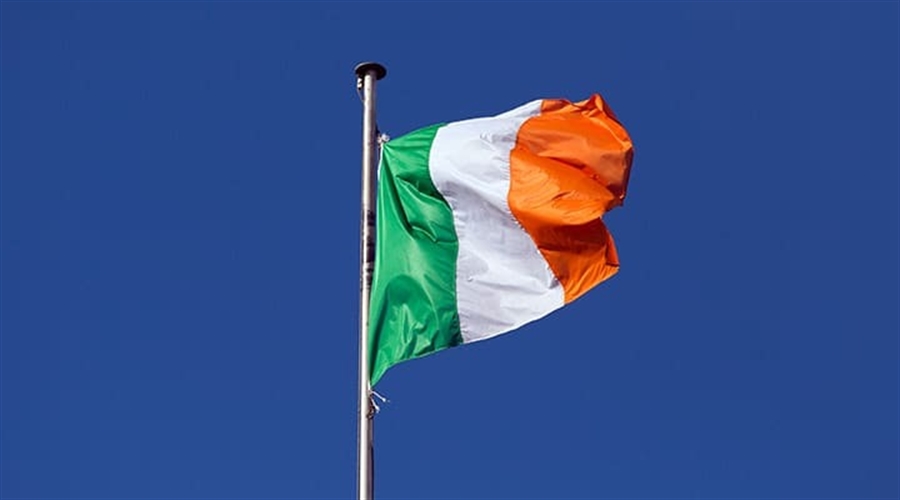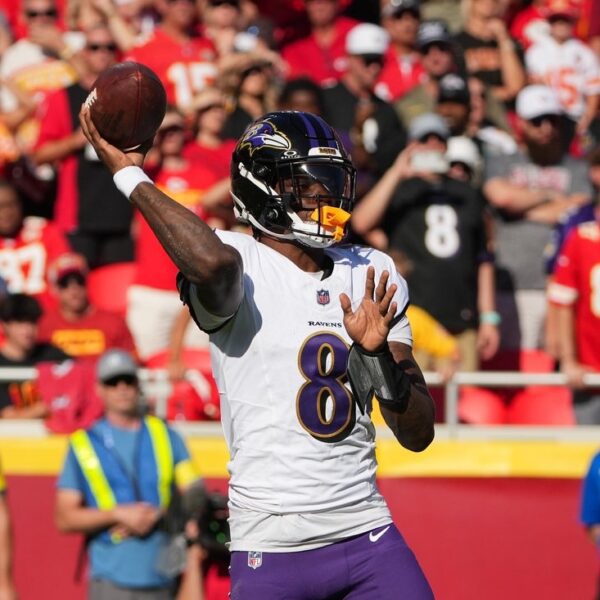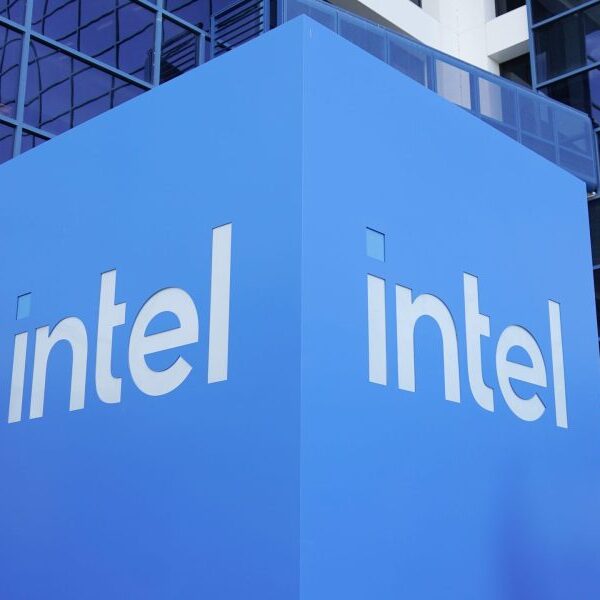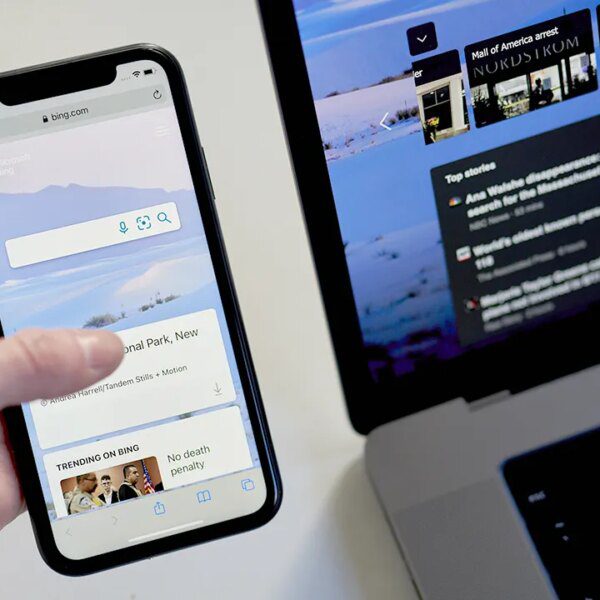
Richemont SA posted a rise in full-year sales as the continued popularity of its Cartier brand made the Swiss group more resilient than rivals like LVMH in a softening luxury-goods market.
Sales in the year ended March at Richemont’s jewelry unit, which also includes Van Cleef & Arpels, rose 8% at constant exchange rates, the company said in a statement Friday. Analysts were expecting a gain of 7.54%. In the most-recent quarter, the division’s revenue soared 11%.
Shares rose as much as 5.7% in early trading in Switzerland. As of Thursday, they had gained about 15% this year compared with a 17% drop for LVMH.
Richemont has managed to withstand the downturn in demand for luxury goods better than peers as jewelry, its biggest division, is less vulnerable to the vagaries of economic downturns and fashion whims. Additionally, revenue has been aided by a flight to precious metals during uncertain times and higher prices. In contrast, French rival LVMH Moët Hennessy Louis Vuitton SE, which owns jewelry labels such as Bulgari and Tiffany but largely relies on more economically sensitive products like handbags and clothes, reported disappointing results in its most recent quarter.
The luxury market has been struggling to emerge from a period of sluggish growth caused in part by Chinese shoppers reining in costly purchases. The industry’s outlook has grown even gloomier since US President Donald Trump last month began to impose tariffs on imports across industries and countries. But on a call with journalists, Richemont Chairman Johann Rupert was sanguine about both those key markets, saying he sees an eventual recovery in China and that the US was using “tariffs in a transactional manner” to fix “imbalances that need to be addressed.”
Chinese consumers are still scarred by the draconian lock-downs during the pandemic, he said. “But it’s a matter of time before they feel relaxed again, they have a lot of savings,” he added. “I expect that when consumers get a bit more confident then things will return to normal.”
The group, whose jewelry division generates about 72% of total group sales, had double-digit gains in revenue across nearly all of its markets in the most-recent quarter. Fourth-quarter group sales rose 16% in the Americas, 13% in Europe and 22% in Japan. While sales in the region that includes China fell 7%, the decline was nearly half the full year’s drop.
“Richemont continued to gain significant market share in jewelry,” Jean-Philippe Bertschy, an analyst with Vontobel Equity Research, wrote in a note. “Growth and profit are spectacular, especially when comparing to key competitor LVMH.” Still, the analyst warned that “the company is not impervious to the current volatile environment.”
The company is looking at various options, including raising prices, to mitigate tariff pain and significant currency effects, Rupert said
Richemont increased prices at its Cartier and Van Cleef & Arpels brands following Trump’s tariff hikes, according to Jefferies. The company has also had to contend with higher gold prices. Gold, considered a safe haven, has risen more than 20% this year amid geopolitical tensions.
“This sales increase, combined with disciplined operating costs and targeted price increases, helped mitigate the impact of higher raw materials costs, notably gold, on our profitability,” Richemont said in the statement.
For the full year, the company reported operating profit of €4.47 billion ($4.48 billion), below the €4.55 billion estimated by analysts.
This story was originally featured on Fortune.com

